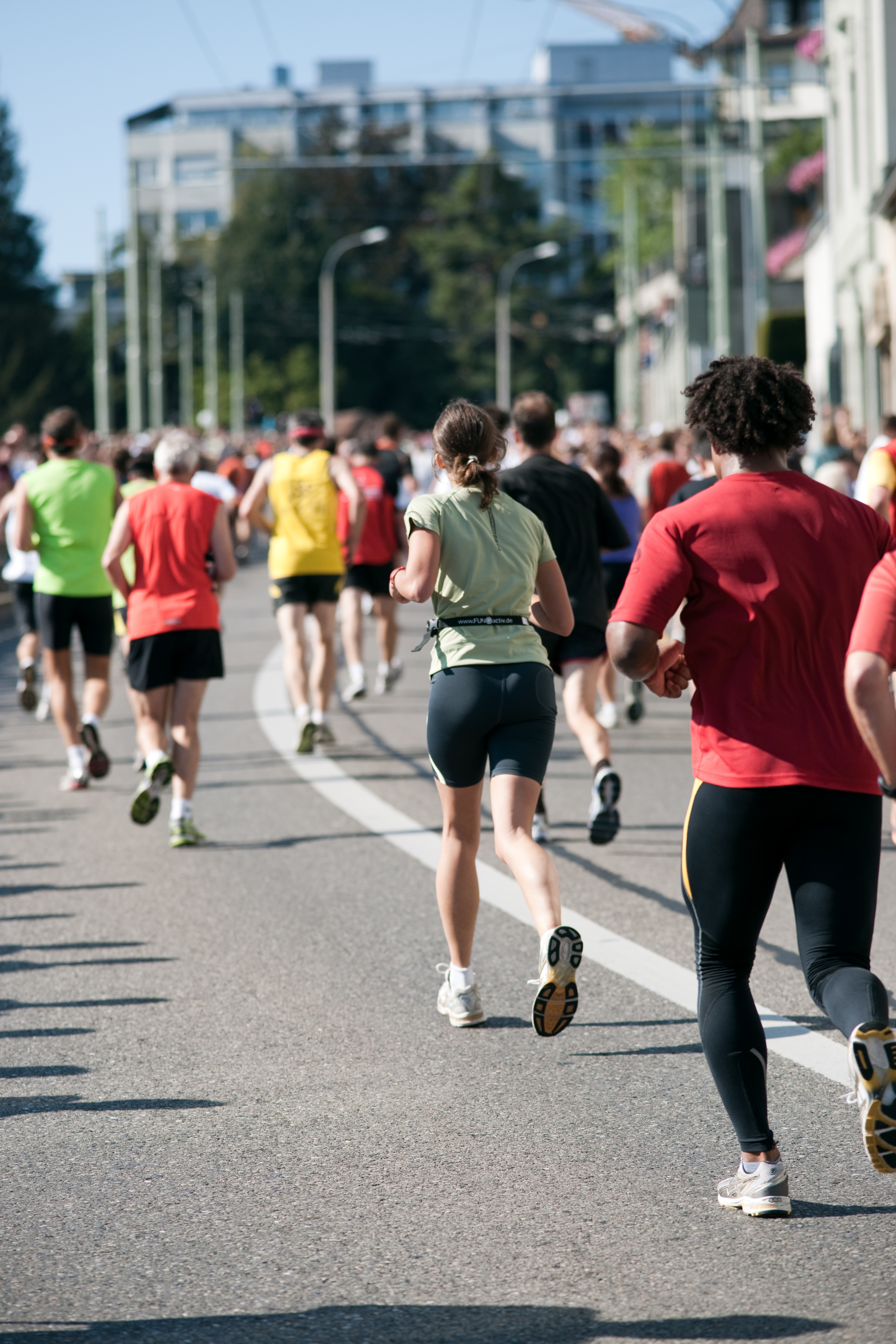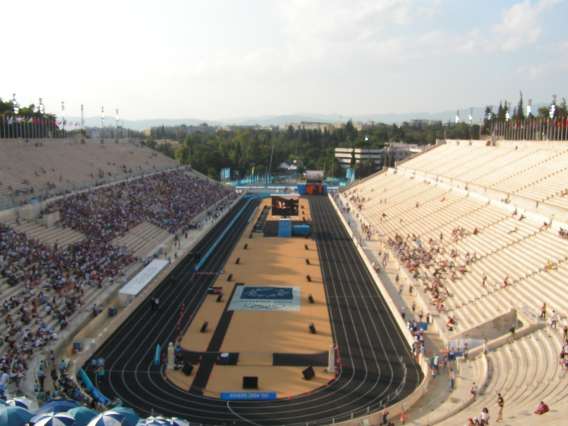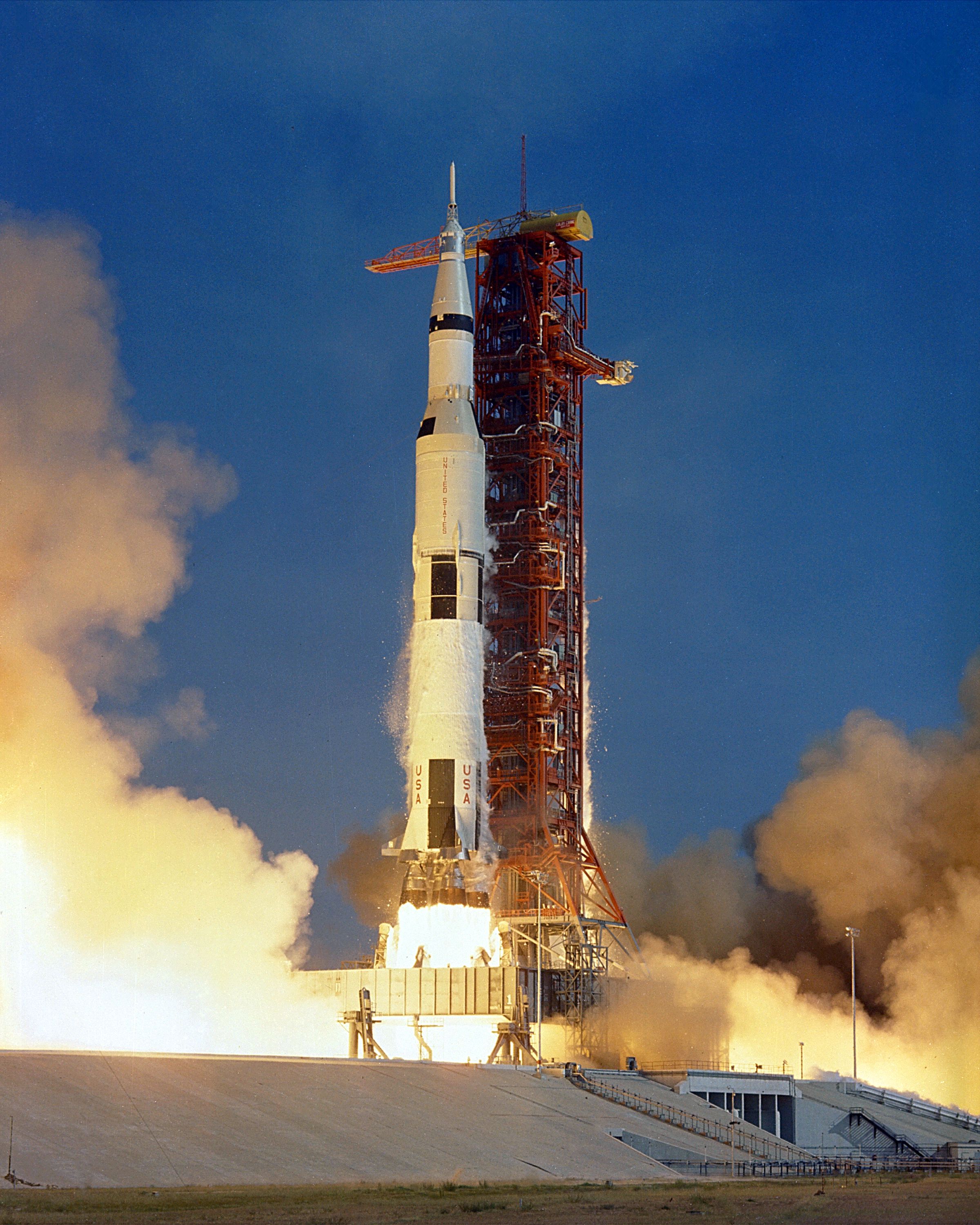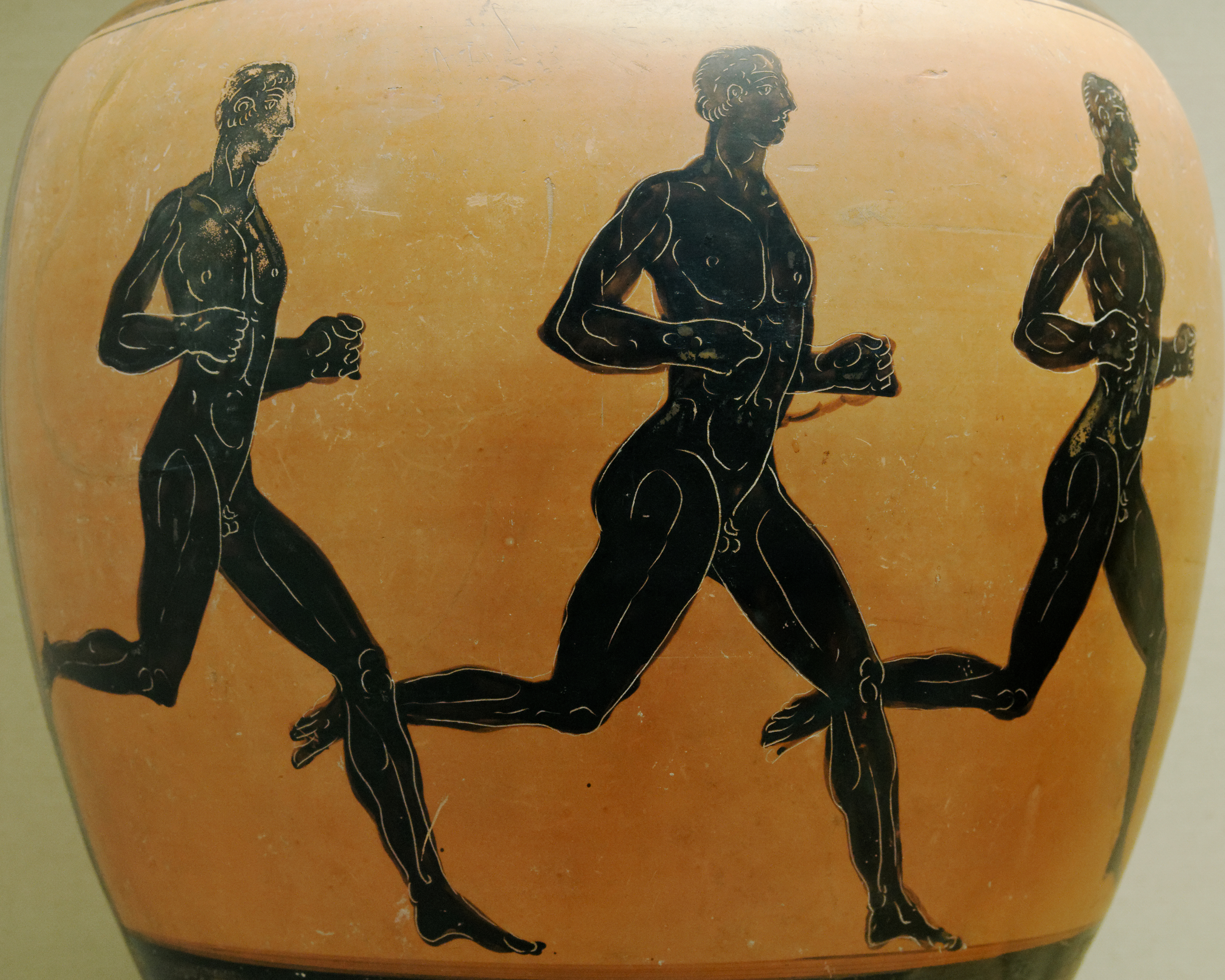|
Pál Király (athlete)
Pál Király (7 November 1896 – 4 January 1969) was a Hungarian long-distance runner. He competed in the 10,000 metres and the marathon at the 1924 Summer Olympics The 1924 Summer Olympics (), officially the Games of the VIII Olympiad () and officially branded as Paris 1924, were an international multi-sport event held in Paris, France. The opening ceremony was held on 5 July, but some competitions had al .... References External links * 1896 births 1969 deaths Athletes (track and field) at the 1924 Summer Olympics Hungarian male long-distance runners Hungarian male marathon runners Olympic athletes for Hungary People from Pest, Hungary Athletes from Budapest 20th-century Hungarian sportsmen Hungarian Athletics Championships winners {{Hungary-athletics-bio-stub ... [...More Info...] [...Related Items...] OR: [Wikipedia] [Google] [Baidu] |
Pest, Hungary
Pest () is the part of Budapest, the capital city of Hungary, that lies on the eastern bank of the Danube. Pest was administratively unified with Buda and Óbuda in 1873; prior to this, it was an independent city. In colloquial Hungarian language, Hungarian, "Pest" is sometimes also used ''pars pro toto'' to refer to Budapest as a whole. Comprising about two-thirds of the city's area, Pest is flatter and much more heavily urbanized than Buda. Many of Budapest's most notable sites are in Pest, including the Inner City (Budapest), Inner City (), the Hungarian Parliament Building, Parliament (''Országház''), the Hungarian State Opera House, Opera, the Great Market Hall, Heroes' Square (Budapest), Heroes' Square, and Andrássy Avenue. Etymology According to Ptolemy the settlement was called ''Pession'' in antiquity (Contra-Aquincum). Alternatively, the name ''Pest'' may have come from a Slavic word meaning "furnace", "oven" (Bulgarian ; Serbian /''peć''; Croatian ''peć''), r ... [...More Info...] [...Related Items...] OR: [Wikipedia] [Google] [Baidu] |
Hungary
Hungary is a landlocked country in Central Europe. Spanning much of the Pannonian Basin, Carpathian Basin, it is bordered by Slovakia to the north, Ukraine to the northeast, Romania to the east and southeast, Serbia to the south, Croatia and Slovenia to the southwest, and Austria to the west. Hungary lies within the drainage basin of the Danube, Danube River and is dominated by great lowland plains. It has a population of 9.6 million, consisting mostly of ethnic Hungarians, Hungarians (Magyars) and a significant Romani people in Hungary, Romani minority. Hungarian language, Hungarian is the Languages of Hungary, official language, and among Languages of Europe, the few in Europe outside the Indo-European languages, Indo-European family. Budapest is the country's capital and List of cities and towns of Hungary, largest city, and the dominant cultural and economic centre. Prior to the foundation of the Hungarian state, various peoples settled in the territory of present-day Hun ... [...More Info...] [...Related Items...] OR: [Wikipedia] [Google] [Baidu] |
Budapest
Budapest is the Capital city, capital and List of cities and towns of Hungary, most populous city of Hungary. It is the List of cities in the European Union by population within city limits, tenth-largest city in the European Union by population within city limits and the List of cities and towns on the river Danube, second-largest city on the river Danube. The estimated population of the city in 2025 is 1,782,240. This includes the city's population and surrounding suburban areas, over a land area of about . Budapest, which is both a List of cities and towns of Hungary, city and Counties of Hungary, municipality, forms the centre of the Budapest metropolitan area, which has an area of and a population of 3,019,479. It is a primate city, constituting 33% of the population of Hungary. The history of Budapest began when an early Celts, Celtic settlement transformed into the Ancient Rome, Roman town of Aquincum, the capital of Pannonia Inferior, Lower Pannonia. The Hungarian p ... [...More Info...] [...Related Items...] OR: [Wikipedia] [Google] [Baidu] |
Long-distance Track Event
Long-distance running, or endurance running, is a form of continuous running over distances of at least . Physiologically, it is largely Aerobic exercise, aerobic in nature and requires stamina as well as mental strength. Within endurance running come two different types of Respiration (physiology), respiration. The more prominent side that runners experience more frequently is aerobic respiration. This occurs when oxygen is present, and the body can utilize oxygen to help generate energy and muscle activity. On the other side, anaerobic respiration occurs when the body is deprived of oxygen, and this is common towards the final stretch of races when there is a drive to speed up to a greater intensity. Overall, both types of respiration are used by endurance runners quite often, but are very different from each other. Among mammals, humans are well adapted for running significant distances, particularly so among primates. The capacity for endurance running is also found in ... [...More Info...] [...Related Items...] OR: [Wikipedia] [Google] [Baidu] |
Athletics At The 1924 Summer Olympics – Men's 10,000 Metres
The men's 10,000 metres event was part of the track and field athletics programme at the 1924 Summer Olympics. The competition was held on Sunday, July 6, 1924. Paavo Nurmi the greatest long-distance runner at that time did not compete in this race, as the Finnish officials asked him not to start in this event. They thought he was entered in too many competitions. Only a few weeks after the Olympics on August 31 Nurmi set a new world record with 30:06.2 in Kuopio. As for all other races the track was 500 metres in circumference. The exact number of starters is unknown, but photographs show around 35 competitors. At least 33 - maybe 36 - long-distance runners from 16 nations competed. Records These were the standing world and Olympic records (in minutes) prior to the 1924 Summer Olympics. Ville Ritola Vilho "Ville" Eino Ritola (18 January 1896 – 24 April 1982) was a Finnish long-distance runner. Known as one of the " Flying Finns", he won five Olympic gold medals and ... [...More Info...] [...Related Items...] OR: [Wikipedia] [Google] [Baidu] |
Athletics At The 1924 Summer Olympics – Men's Marathon
The men's marathon event was part of the track and field athletics programme at the 1924 Summer Olympics, in Paris, France. The marathon was held on Sunday, July 13, 1924. It was only the second Olympic marathon to use the distance of 42.195 km (26 miles, 385 yards) which was first used in 1908 and is now the standard marathon distance. Fifty-eight runners from 20 nations competed, with no more than 6 runners per nation. The event was won by Albin Stenroos of Finland, the nation's second consecutive Olympic marathon victory. Background This was the seventh appearance of the event, which is one of 12 athletics events to have been held at every Summer Olympics. The Finnish team included defending champion Hannes Kolehmainen as well as Albin Stenroos, who had won two medals in other events in 1912; Ville Kyrönen had been the winner in the Finnish Olympic trials, however. 1920 silver medalist Jüri Lossmann of Estonia also returned. Boughera El Ouafi of France, who would wi ... [...More Info...] [...Related Items...] OR: [Wikipedia] [Google] [Baidu] |
1924 Summer Olympics
The 1924 Summer Olympics (), officially the Games of the VIII Olympiad () and officially branded as Paris 1924, were an international multi-sport event held in Paris, France. The opening ceremony was held on 5 July, but some competitions had already started on 4 May. The Games were the second to be hosted by Paris (after 1900 Summer Olympics, 1900), making it the first city to host the Olympics twice. The selection process for the 1924 Summer Olympics consisted of six bids, and Paris was selected ahead of Amsterdam, Barcelona, Los Angeles, Prague, and Rome. The selection was made at the 20th IOC Session in Lausanne in 1921. The cost of these Games was estimated to be 10,000,000 French franc, F (equivalent to in ). With total receipts at 5,496,610 F (equivalent to in ), the Olympics resulted in a hefty loss despite daily crowds of up to 60,000. The United States won the most gold and overall medals, having 229 athletes competing compared to France's 401. Highlights ... [...More Info...] [...Related Items...] OR: [Wikipedia] [Google] [Baidu] |
1896 Births
Events January * January 2 – The Jameson Raid comes to an end as Jameson surrenders to the Boers. * January 4 – Utah is admitted as the 45th U.S. state. * January 5 – An Austrian newspaper reports Wilhelm Röntgen's discovery, last November, of a type of electromagnetic radiation, later known as X-rays. * January 6 – Cecil Rhodes is forced to resign as Prime Minister of the Cape Colony, Cape of Good Hope for his involvement in the Jameson Raid. * January 7 – American culinary expert Fannie Farmer publishes her first cookbook. * January 12 – H. L. Smith takes the first X-ray photograph. * January 16 – Devonport High School for Boys is founded in Plymouth (England). * January 17 – Anglo-Ashanti wars#Fourth Anglo-Ashanti War (1895–1896), Fourth Anglo-Ashanti War: British British Army, redcoats enter the Ashanti people, Ashanti capital, Kumasi, and Asantehene Agyeman Prempeh I is deposed. * January 28 – Walter Arnold, of E ... [...More Info...] [...Related Items...] OR: [Wikipedia] [Google] [Baidu] |
1969 Deaths
1969 (Roman numerals, MCMLXIX) was a common year starting on Wednesday of the Gregorian calendar, the 1969th year of the Common Era (CE) and ''Anno Domini'' (AD) designations, the 969th year of the 2nd millennium, the 69th year of the 20th century, and the 10th and last year of the 1960s decade. Events January * January 4 – The Government of Spain hands over Ifni to Morocco. * January 5 – Ariana Afghan Airlines Flight 701 crashes into a house on its approach to London's Gatwick Airport, killing 50 of the 62 people on board and two of the home's occupants. * January 14 – USS Enterprise fire, An explosion aboard the aircraft carrier USS Enterprise (CVN-65), USS ''Enterprise'' near Hawaii kills 28 and injures 314. * January 16 – First successful docking of two crewed spacecraft in orbit and the first transfer of crew from one space vehicle to another (by a space walk) between Soviet craft Soyuz 5 and Soyuz 4. * January 18 – Failure of Soyuz 5's service module to separ ... [...More Info...] [...Related Items...] OR: [Wikipedia] [Google] [Baidu] |
Athletes (track And Field) At The 1924 Summer Olympics
An athlete is most commonly a person who competes in one or more sports involving physical strength, speed, power, or endurance. Sometimes, the word "athlete" is used to refer specifically to sport of athletics competitors, i.e. including track and field and marathon runners but excluding e.g. swimmers, footballers or basketball players. However, in other contexts (mainly in the United States) it is used to refer to all athletics (physical culture) participants of any sport. For the latter definition, the word sportsperson or the gendered sportsman or sportswoman are also used. A third definition is also sometimes used, meaning anyone who is physically fit regardless of whether they compete in a sport. Athletes may be professionals or amateurs. Most professional athletes have particularly well-developed physiques obtained by extensive physical training and strict exercise, accompanied by a strict dietary regimen. Definitions The word "athlete" is a romanization of the , ''a ... [...More Info...] [...Related Items...] OR: [Wikipedia] [Google] [Baidu] |
Hungarian Male Long-distance Runners
Hungarian may refer to: * Hungary, a country in Central Europe * Kingdom of Hungary, state of Hungary, existing between 1000 and 1946 * Hungarians/Magyars, ethnic groups in Hungary * Hungarian algorithm, a polynomial time algorithm for solving the assignment problem * Hungarian language, a Uralic language spoken in Hungary and all neighbouring countries * Hungarian notation, a naming convention in computer programming * Hungarian cuisine Hungarian or Magyar cuisine (Hungarian language, Hungarian: ''Magyar konyha'') is the cuisine characteristic of the nation of Hungary, and its primary ethnic group, the Hungarians, Magyars. Hungarian cuisine has been described as being the P ..., the cuisine of Hungary and the Hungarians See also * * {{disambiguation Language and nationality disambiguation pages ... [...More Info...] [...Related Items...] OR: [Wikipedia] [Google] [Baidu] |





